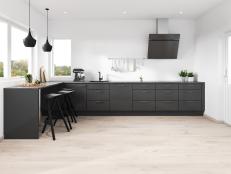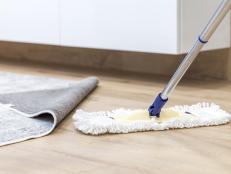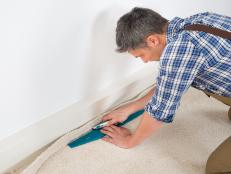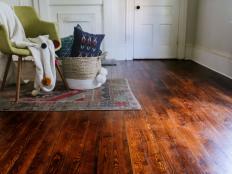The Benefits of Cork Flooring
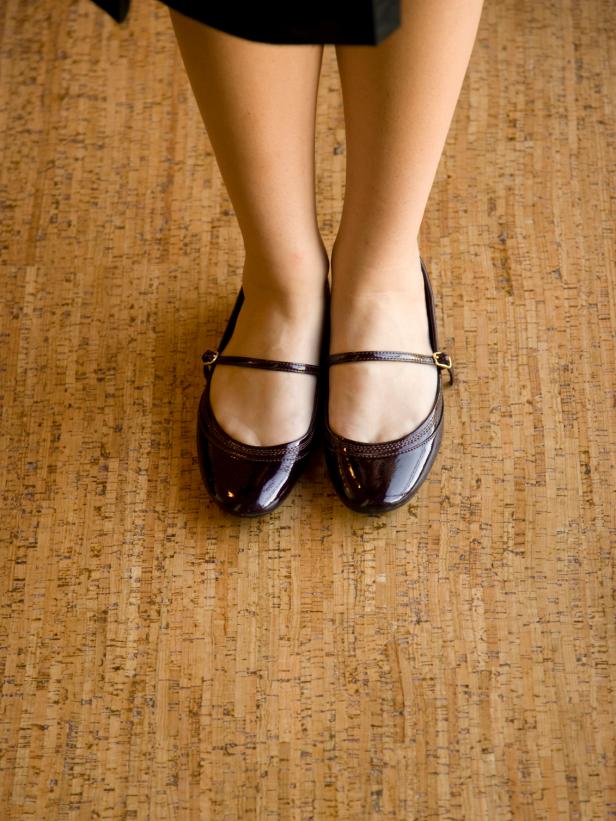
Steve Cash
Cork is a natural and renewable material. It's harvested from the bark of cork oak trees, which are native to Spain, Portugal and Tunisia, and has been used in construction for centuries. It's gained popularity in the United States as a flooring material because of its durability, beauty, "green" qualities and other unique characteristics. Cork flooring is:
- Durable. It resists cracking and abrasions and is impermeable to gas and liquid. Cork flooring also bounces back, so indentations caused by furniture won't be permanent. When properly maintained, cork flooring can last 40 years or more.
- Healthy. Cork is naturally resistant to mold, mildew and termites. It's also anti-microbial. Cork flooring does not off-gas or shed microfibers to negatively affect indoor air quality.
- Safe. Fire-resistant, cork will melt or ignite only at very high temperatures. Before and during combustion, cork generates less smoke and releases far less toxic material than vinyl flooring.
- Comfortable. A cork floor provides a comfortable cushion underfoot because it "gives" when compressed. Cork is also a natural thermal and acoustic insulator, which means rooms with cork flooring are naturally warm and quiet.
- Aesthetically versatile. Cork flooring is available in tiles and planks in many styles, colors and sizes. Use planks to create an almost seamless-looking floor, or use tiles in single or alternating colors to create a nontraditional effect.
- Practical. Unlike vinyl, the pattern and color of the cork penetrate the thickness of the material, so they're retained as it wears. This lengthens the usable life of the flooring.
As a building material, cork has little negative impact on the environment. The harvesting practices are sustainable, for one thing. A tree must be at least 25 years old before its bark can be harvested; after that, cork can be harvested every eight to 14 years without killing the tree. Cork trees can live up to 800 years, but the typical life span is 150 to 200 years.
Another plus: The manufacturing process for cork flooring generates almost no waste. In fact, cork flooring is actually a byproduct of the manufacturing of cork stoppers for wine bottles. The residuals from the stopper production are collected and ground finely. Binders are then added to hold the ground cork together. Binders typically include urea melamine, phenol formaldehyde and natural proteins, which are relatively stable once processed. Pigment is added to create different colors and patterns, and a finish is applied.
Cork flooring is widely available in two types of finishes: polyurethane/acrylic-based and water-based. Polyurethane/acrylic finishes are a bit tougher and, therefore, will protect the flooring better. Water-based finishes are more environmentally friendly and also less likely to yellow with exposure to light. Water-based finishes are a bit more expensive than their polyurethane/acrylic counterparts.
In addition to being used as surface flooring, cork can be used as an underlayment for hardwood, laminate and ceramic tiles to reduce room noise.








